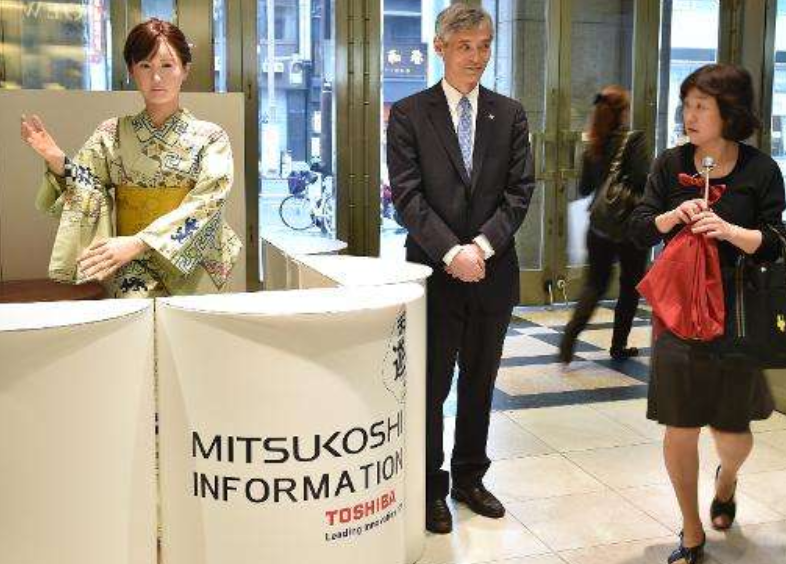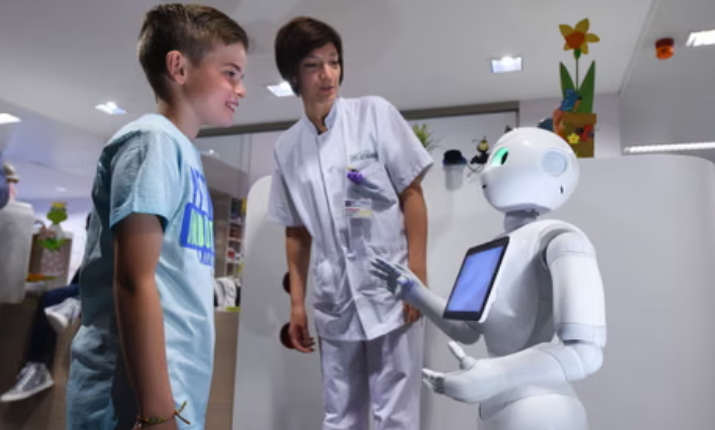With AI image generation becoming increasingly sophisticated, learning how to detect AI images has become essential for content creators, journalists, and everyday internet users. This comprehensive guide will teach you practical methods to identify AI-generated images, from visual clues to advanced detection tools, helping you navigate the digital landscape with confidence and accuracy.
Visual Signs That Reveal AI-Generated Images
The first step in detecting AI images is knowing what to look for visually. AI-generated content often contains subtle inconsistencies that human eyes can spot with proper training.
Facial Features and Human Characteristics
When examining portraits, pay close attention to facial symmetry and features. AI image detection often starts with noticing asymmetrical eyes, inconsistent lighting on different parts of the face, or unnatural skin textures. Hair is another telltale sign - AI often struggles with individual hair strands, creating unrealistic patterns or overly smooth textures.
Background and Environmental Details
AI-generated images frequently contain background anomalies. Look for text that appears gibberish, architectural elements that don't follow logical construction principles, or objects that seem to blend unnaturally into their surroundings. These inconsistencies are key indicators when learning how to spot AI images.
Technical Methods for AI Image Detection
Beyond visual inspection, several technical approaches can help verify image authenticity.
Metadata Analysis
Examining image metadata provides valuable clues about an image's origin. AI-generated image detection tools often look for missing or unusual EXIF data. Authentic photographs typically contain camera settings, timestamps, and device information, while AI images may lack these details or contain suspicious metadata patterns.
Pixel-Level Analysis
Advanced users can employ pixel-level analysis techniques. AI images often exhibit specific compression patterns and colour distribution anomalies that differ from natural photographs. This method requires technical expertise but offers reliable results for detecting AI-generated content.
Professional AI Detection Tools and Software
Several specialised tools have emerged to help with AI image verification.
Online Detection Platforms
Platforms like Hive Moderation, Optic, and AI or Not provide user-friendly interfaces for AI image detection. These tools use machine learning algorithms trained on vast datasets to identify AI-generated content with impressive accuracy rates.
Browser Extensions and Mobile Apps
For everyday use, browser extensions and mobile applications offer convenient solutions. These tools integrate seamlessly into your browsing experience, providing instant feedback when you encounter potentially AI-generated images on social media or news websites.
Common AI Image Generation Patterns
Understanding how AI creates images helps improve your detection of AI images.
Repetitive Elements and Patterns
AI often creates repetitive patterns in textures, especially in clothing, backgrounds, or natural elements like leaves or water. These patterns may appear too perfect or mathematically precise compared to natural randomness.
Lighting and Shadow Inconsistencies
Pay attention to lighting sources and shadow directions. AI-generated images frequently contain multiple light sources that don't align logically, creating shadows that fall in impossible directions or lighting that doesn't match the supposed environment.
Best Practices for Verification
Developing a systematic approach to AI image detection improves accuracy and efficiency.
Cross-Reference and Reverse Image Search
Use reverse image search tools to check if an image appears elsewhere online with different contexts or claims. This method helps identify both AI-generated content and manipulated authentic images.
Source Verification
Always consider the source of an image. Reputable news organisations and verified social media accounts are less likely to use AI-generated content without disclosure, while suspicious or unknown sources require extra scrutiny.
Future of AI Image Detection
As AI technology evolves, so do detection methods. AI-generated image detection tools are becoming more sophisticated, incorporating advanced neural networks and real-time analysis capabilities. Staying informed about these developments ensures you maintain effective detection skills.
Frequently Asked Questions
Can AI detection tools be 100% accurate?
No detection method is completely foolproof. The best approach combines multiple techniques, including visual inspection, technical analysis, and professional tools for comprehensive AI image verification.
Are there legal implications for using AI-generated images?
Legal considerations vary by jurisdiction and use case. Always check licensing requirements and disclosure obligations when using or sharing AI-generated content.
How quickly is AI image generation improving?
AI image generation advances rapidly, with new models released regularly. This constant evolution makes staying updated on detection techniques essential for accurate identification.
Mastering how to detect AI images requires combining visual awareness, technical knowledge, and the right tools. As AI-generated content becomes more prevalent, these skills become increasingly valuable for maintaining information integrity and making informed decisions about digital content. Regular practice and staying updated with the latest detection methods will help you navigate the evolving landscape of AI-generated imagery effectively.







